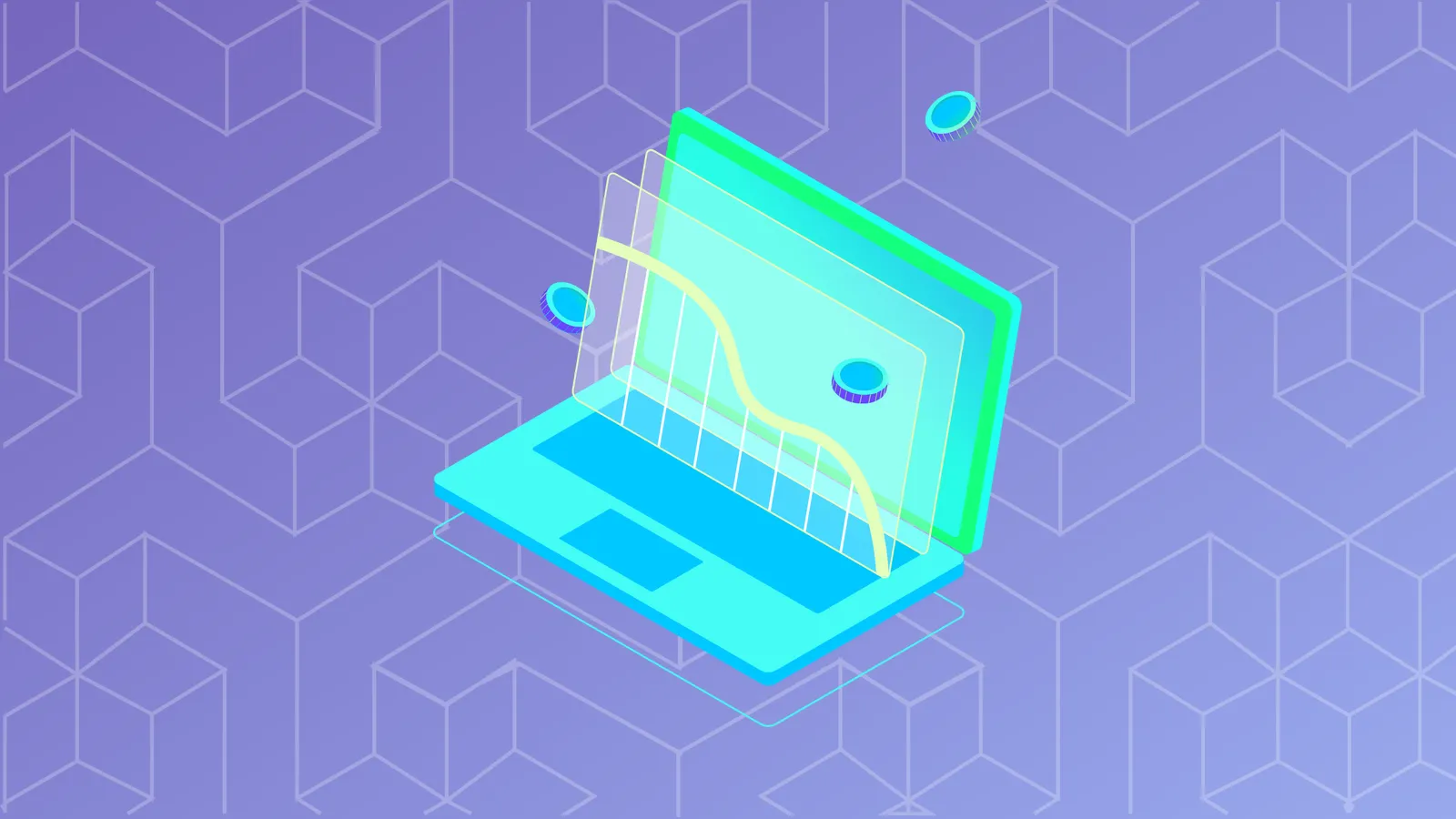In brief
- Balancer is a type of DeFi protocol known as an 'automated market maker'.
- Rather than using order books for processing trades, it directly swaps one asset for another via user-created liquidity pools.
- Users can help govern the platform using the Balancer (BAL) token.
With the explosion of interest in decentralized finance (DeFi) in recent months, decentralized exchange platforms have become increasingly popular as a way to exchange crypto assets and earn a passive income.
Powering these decentralized exchanges are DeFi protocols such as Balancer, an automated market maker (AMM) that has enjoyed a staggering uptick in interest, thanks to a variety of innovative features that set it apart from the competition.
Here, we take a look at what Balancer is and what you can do with it.
What is Balancer?
Balancer is an AMM, DEX, and liquidity pool protocol that can be used for swapping ERC-20 assets without needing to rely on any centralized entities. As a permissionless platform, anybody can access Balancer, so long as they have a supported wallet installed (MetaMask, WalletConnect, Portis, Coinbase Wallet, or Fortmatic).
Did you know?
ERC-20 assets are tokens that run on the Ethereum blockchain.
An automated market maker (AMM) is essentially a platform that uses an algorithm for managing orders, rather than the bid/ask system that most centralized exchanges use. This algorithm is used to set the value of assets.
The Balancer protocol was created by a blockchain consulting firm known as BlockScience, which held a funding round in March 2020—raising $3 million by selling 5 million of the platform's governance token 'BAL'.
It is also one of the top ten largest DeFi platforms on Ethereum, with a total of $850 million worth of assets locked up on Balancer as of January 2021.
How does Balancer work?
As we previously touched on, Balancer doesn't use order books when settling trades. Instead, it introduces a concept known as 'balancer pools', which are essentially pools of between two to eight different cryptocurrencies that provide the liquidity required by traders.
When a balancer pool is first created, the ratio of the tokens in the pools is set. For example, a pool comprised of Ether (ETH), Tether (USDT), and WBTC) at a ratio of 25%, 25%, and 50% of its total value respectively might be created.
When a user initiates a trade, this pool is rebalanced. The tokens are deducted from the pool and the ratios of the assets within the pool are rebalanced to ensure that each asset maintains a proportional value to the rest of the pool.
We recently launched a new version of our exchange app. Aside from the new design, it's a lot faster and includes many UX improvements. Great team work by @DestinerX, @bonustrack87 and the whole Balancer team!
Check it out at https://t.co/SdNX7nvX7J pic.twitter.com/gYVztgBYAA
— Balancer Labs (@BalancerLabs) December 15, 2020
As such, in the above example, if a user drains half of the Ether in the pool and doubles the amount of Tether, the relative value of ETH and USDT in the pool would not change. They would still each constitute 25% of the pool's total value.
When conducting a trade, the Balancer system will automatically figure out the best available price from the range of available pools. Balancer uses a system called Smart Order Routing (SOR) to ensure that trades achieve the highest yield, taking into account the amount traded, fees, and gas costs.
Pool creators can set the fee that is charged for extracting liquidity from their pool—this can range from 0.0001% to 10%. This fee is split between those that provide liquidity to the pool.
What's so special about it?
As an Automatic Market Maker (AMM) platform, Balancer differs from standard centralized exchanges in that you don't need to create an account to use the platform, nor complete any verification steps.
It is completely permissionless—anybody can use Balancer to either trade or create and provide liquidity to Balancer pools.
Unlike many other AMMs, pool operators are able to set their own swap fees. This has made Balancer one of the cheapest places for trading stablecoins—something that can be expensive on competing platforms like Uniswap, due to the minimum 0.3% fee.
BAL is live!
The 435k BAL for liquidity providers of the first three weeks of liquidity mining (145k per week) have just been sent out to the wallets used to provide liquidity on Balancer.https://t.co/pkXFzwzPVC
— Balancer Labs (@BalancerLabs) June 23, 2020
Balancer also incorporates a governance token into the mix, known as BAL. 145,000 of these governance tokens are distributed to liquidity providers each week, for a total of 7.2 million BAL per year. As a governance token, BAL is used for voting on governance proposals, allowing stakeholders to have a say in the future development of the platform.
Did you know?
Uniswap is one of Balancer's largest competitors.
What can you do with Balancer?
Balancer's DeFi platform is primarily used for trading ERC-20 tokens. But it also has several other major uses:
- 🏊 Pool creation: Users can create various types of liquidity pools, including private, public, and smart pools.
- 💧 Add liquidity: Balancer users can add liquidity to public pools and earn a fraction of any fees it generates.
- 🗳️ Vote: Balancer token holders can propose and vote on governance proposals.
- 👨💻 Building on: Developers can easily build their own Balancer apps using its libraries
Where and how to buy BAL
Although the BAL token is available to purchase and trade on a handful of different exchange platforms, including Binance and Coinbase Pro, one of the easiest ways to get your hands on some is by using the Balancer app itself.
Here's how to get BAL on Balancer using MetaMask, a popular web and mobile wallet.
Step 1: First, you're going to want to ensure you've got MetaMask installed, and that you've got a suitable amount of Ether (ETH) or another Balancer-supported ERC-20 token in your wallet to trade.
Once you're ready, head over to the Balancer ETH/BAL trading page.
You should be presented with the below screen.
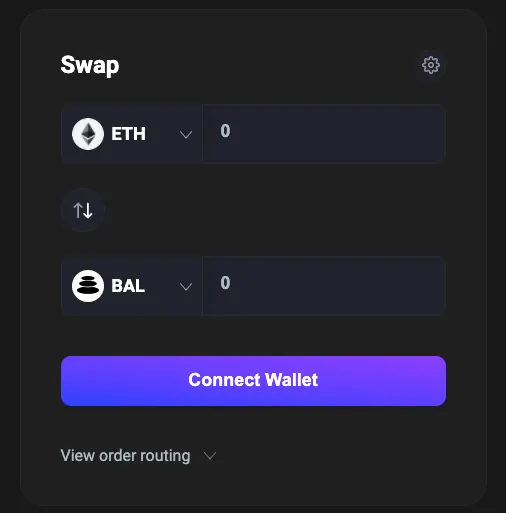
Step 2: In the top drop-down menu, select the asset you want to trade for BAL. In our example, we'll show you how to exchange ETH for BAL, but the process is much the same regardless of which asset you choose.
Then, enter the amount of BAL you want to get in the bottom box. Balancer will then estimate how much that'll cost you, and display the current exchange rate.
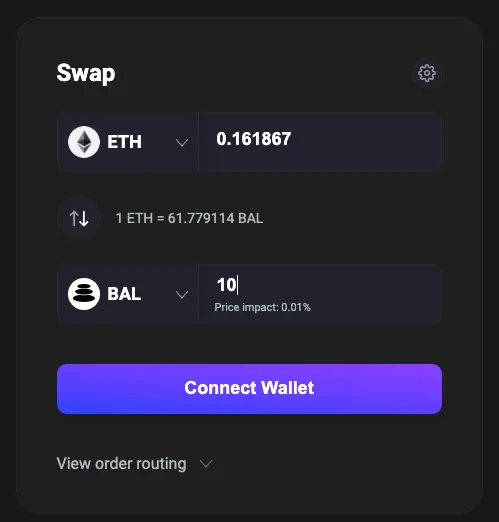
Step 3: When you're happy with the order details, click 'Connect Wallet' and select MetaMask from the list of options.
You'll then be prompted to select the wallet you wish to use for the transaction (you may need to log into MetaMask first).
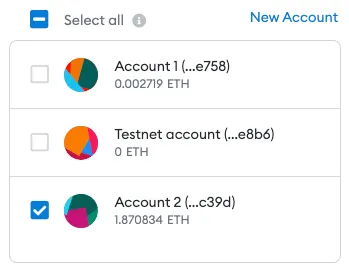
Step 4: After selecting your wallet and confirming the connection with Balancer, you'll be redirected to the order screen.
Once you're happy with the price you're offered, click the 'Swap' button.
MetaMask will then pop up one more time and confirm the order specifics, including the amount you'll be charged and the gas fee.
Click 'Confirm' and the transaction will be processed. Once everything is confirmed, your BAL will then be available to use in your MetaMask account.
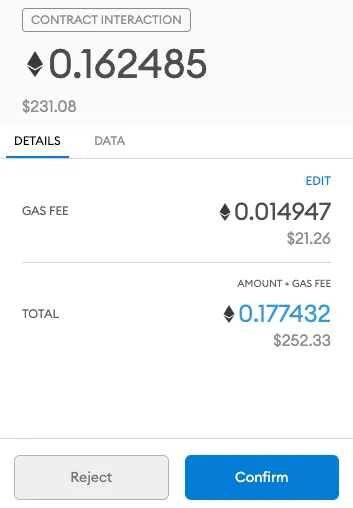
The future
Since it first launched in March 2020, Balancer's growth has been nothing short of astounding. It is now the ninth-largest DEX by trading volume and the eighth largest Ethereum DeFi app by total value locked (TVL).
But it is still early days for the project.
Over the coming months and years, Balancer's development will be focused on moving towards the 'Silver Release' and 'Golden Release'—the next two scheduled updates for the platform.
With the Silver Release, several gas optimizations will be included and pool operators will be provided with more flexibility, while the Golden release will introduce several as-yet-unannounced new features, including a "curious new liquidity mechanism".
